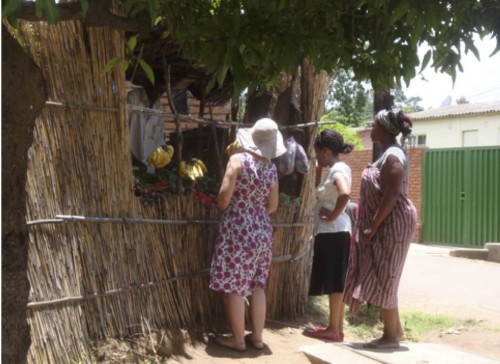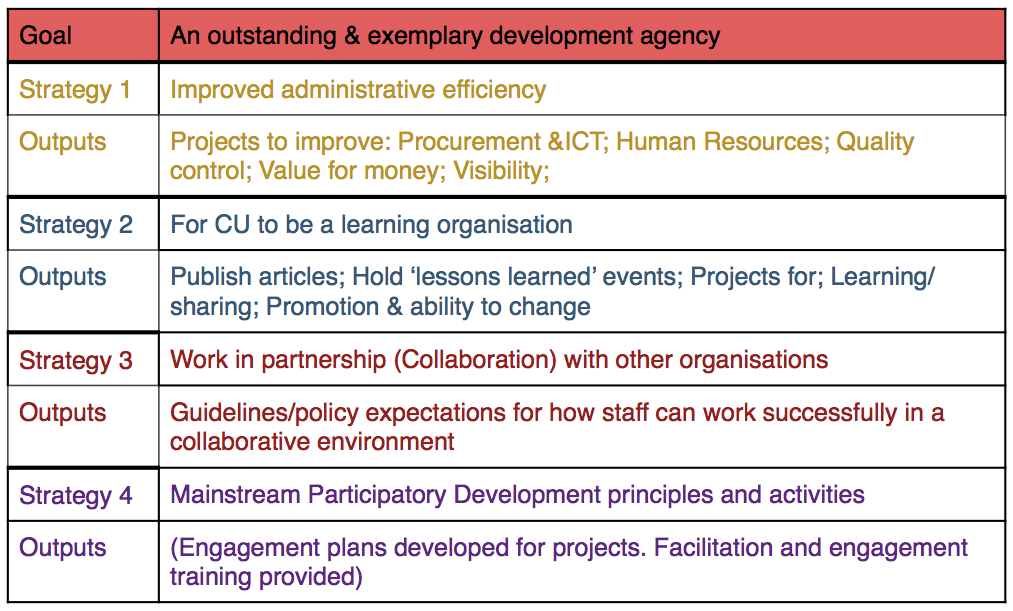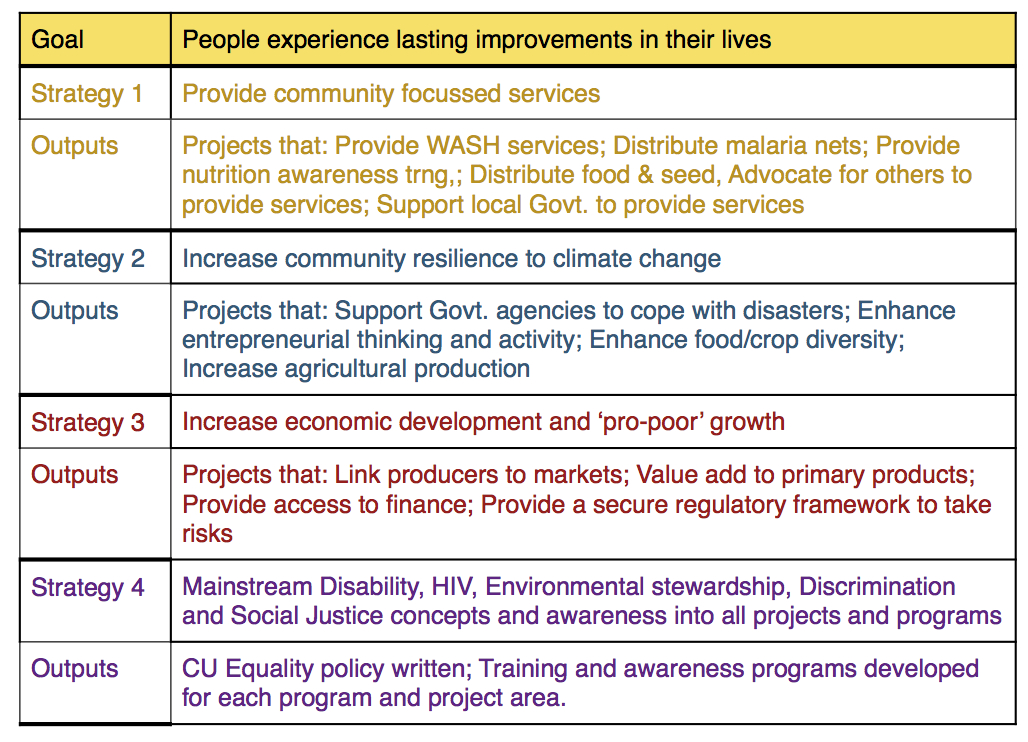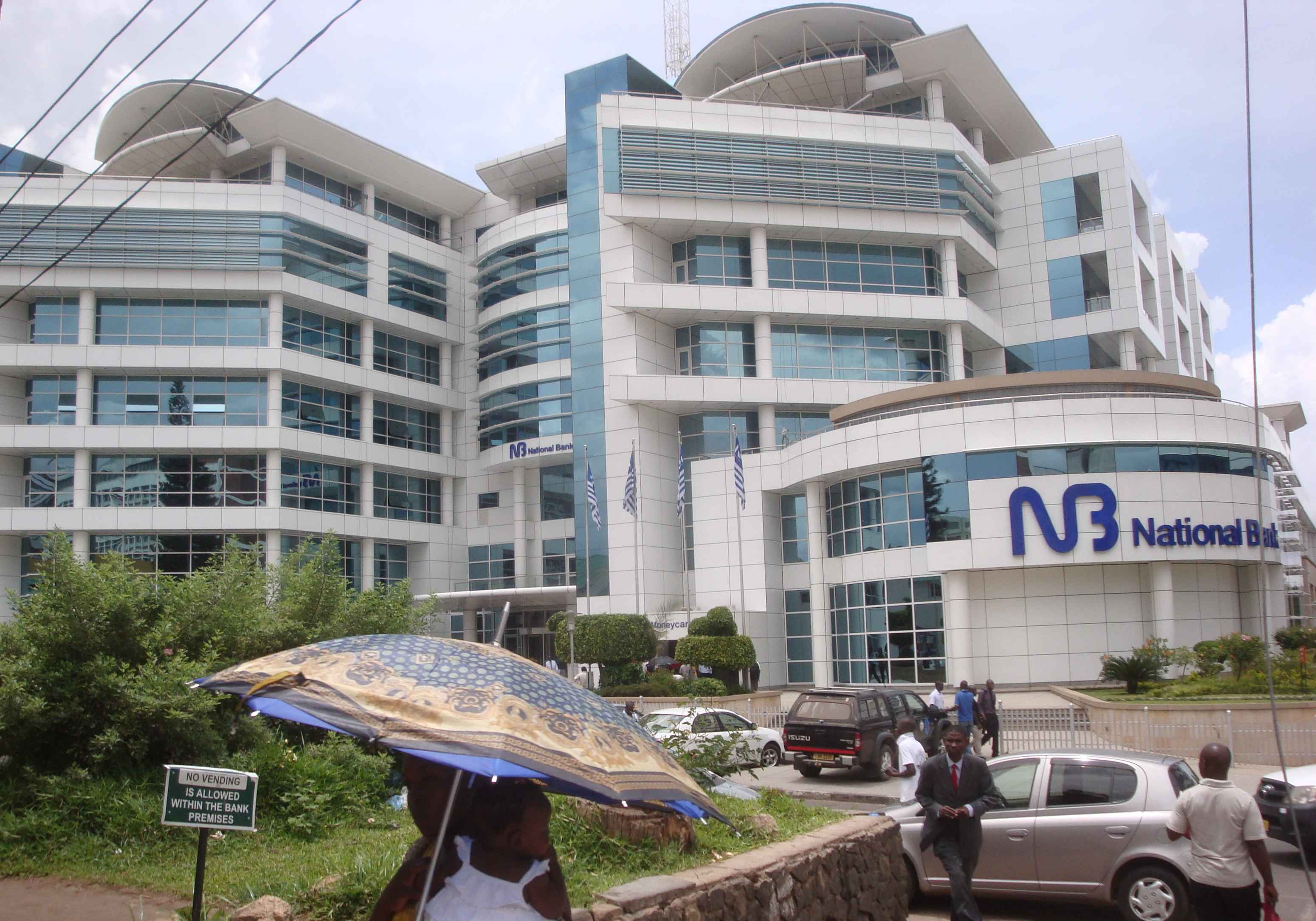There is always a gap between the image and the reality, but you need to start with an idea of what you are designing to achieve. The Sydney Opera house didn’t just appear as a finished design, it started as a description of an idea with considerable work and adjustment before the final reality.
On a visit to Maputo a few years ago I asked my friend Muchimba what her vision for Maputo would be if it achieved it’s goal of being ‘developed’ in 20yrs time. Her answer was:
“Well built houses, calm, not the noise and stress of ‘developed’ cities. People with dignity and good health.”
Interestingly there is considerable overlap between Muchimba’s vision and Malawian’s criteria for a high quality of life:
Enough food, harmonious relationships, good health and housing.
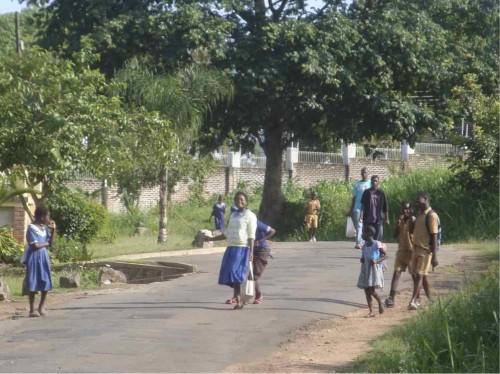
Morning commuting traffic past our house. Note the ‘Walk & Talk’ facilitation technique plus lots of smiling and laughing.
Neither mention freeways or self managed super schemes, which may or may not be successful strategies to reach the vision. What I do find really strange is how whilst far from the ideal in many ways, contemporary Blantyre also illustrates some aspects of what the developed cities of the West might be missing out on.


